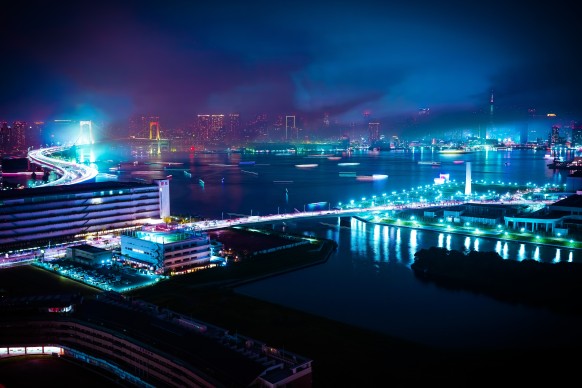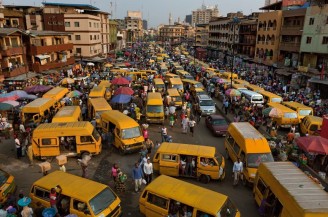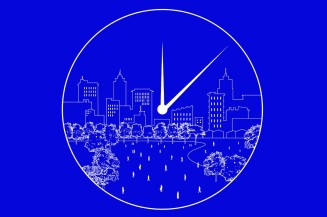Zigurat Global Institute of Technology
Blog / Leadership & Transformation
How Technologies Change Cities? 5 areas of influence
Categories

Technologies change cities, no doubt here. But how and to what extent? In today’s post, we speak about a smart city as a space in which humans and technology interact in a more intelligent way to ensure that the needs of present and future generations are met.
Applying information and communication technologies to its sore points, the cities can improve the quality of life, efficiency of urban operations and services, and the competitiveness of its people and businesses. How exactly would it work, we ask and answer by tackling the following five points.
What are the main aspects of city life that can be improved?
Traffic
Not surprisingly, for most city-dwellers, traffic is somewhat of a headache that makes them lose a lot of time. In other words, there’s always room for improvement. In the case of public transport, it would mean developing a system that takes into account the real-time demand adjusting the routes or stops. A smart traffic light system would ease the flow of traffic through intersections and improve congestion. Those improvements would also minimize fuel consumption, aligning with the sustainable core values of a smart city.
Both AI and IoT are becoming increasingly integral to more efficient traffic management. As examples of how IoT has helped to solve some major traffic problems, we have TrafficVision in Kansas City or Alibaba City Brain in Hangzhou.
TrafficVision is an image-processing solution that is deployed to monitor the 300 CCTV traffic cameras of Kansas city to collect data and detect traffic incidents in real-time.
City Brain is an AI solution that controls currently 104 traffic light junctions in the Xiaoshan district of Hangzhou and has achieved to increase the traffic speed by 15 % in the area during the first year.
Resource Management
Smart cities are the key to moving from reactive to predictive resource management. Instead of having the resources on standby, they are allocated more efficiently thanks to the actual user data.
In waste management, this would translate into emptying the bins when they reach a threshold level instead of following a weekly schedule. Another option is to define the schedule based on historical trends and AI predictions. In Barcelona, the global mobile and broadband provider Telefonica has attached sensors to the containers so they can report in real-time how full they are.
One of the scarcest resources in all cities is water. Therefore, we must proceed with care with the water resource we designate for irrigation. So instead of watering an oval based on a fixed schedule, it would be much more efficient to rely on the data of the sensors in the ground. The next step would be to start watering the oval in anticipation of a sunny day when there isn’t much wind, meaning that additional sensor data should be included in the equation.
Energy Efficiency
Energy is another sector that many governments, municipalities and startups have put the focus on. Most of those projects harness emerging technologies to meet the challenges of environmental sustainability by monitoring real-time energy use and reducing consumption. One such project is ATELIER in Amsterdam and Bilbao that aims to create and later replicate of Positive Energy Districts (PEDs). The aim is to create districts that would generate more sustainable energy than they ended up consuming. The findings made during the 5 year test period will later be shared with other European cities.
Public Safety
Public security is a growing problem for cities worldwide and an issue close to the heart of many citizens. Many promising public safety solutions have surfaced over the last few years. We have already discussed how data analytics helps to prevent crime before it happens by identifying areas and times where crime is frequent and as a response deploying the police to these areas before the crime even happens.
Collaboration
Last but not least, we should talk about the community networking platform that empowers collaboration and bring the citizens closer to one another. There are many cities that use such platforms for suggestions so it would be easier to report local issues more easily.
Another level of collaboration is between public and private entities or between the government institutions themselves. In Dubai, the government has designed its own information network to act as the backbone of the digital transformation of government entities. This will help to put forward the Dubai Paperless Strategy in communication between different stakeholders.
As we have seen above, technologies change cities and the life quality of the citizens will benefit most definitely from those new solutions. A lot is yet to be done and defined and that's probably the magic of the smart city sphere and what attracts so many players to try their hand.
Find out more about how technologies change cities for the better!




